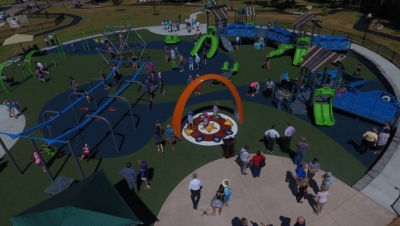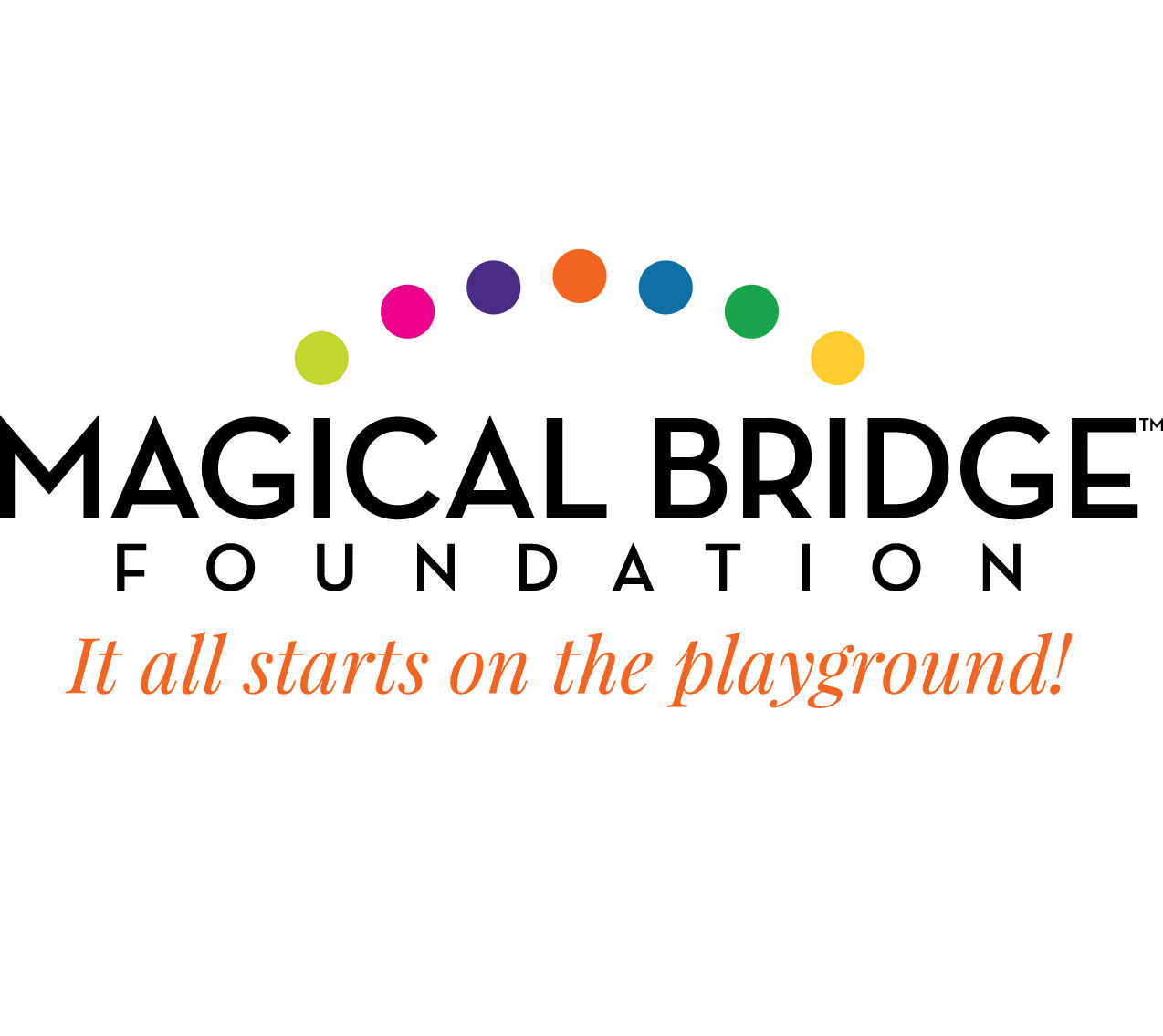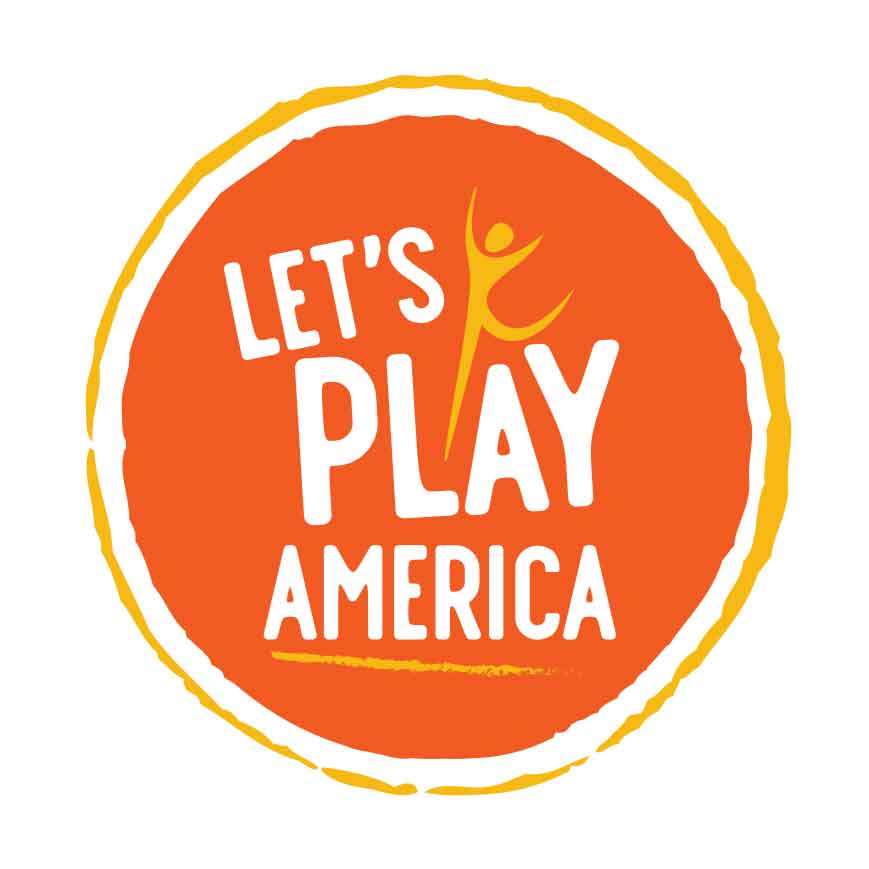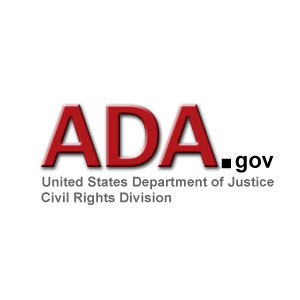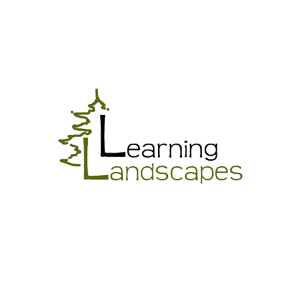The ASTM has been working on the development of a field test method to be used to measure the firmness and stability of surface systems. The U. S. Access Board, which is responsible for establishing minimum accessibility guidelines under the Americans with Disabilities Act (ADA), is interested in a test method that will measure the firmness and stability of an installed playground surface. Some manufacturers are opposing this field test method based on claims that the results of the field test will not correlate with existing laboratory tests.
As an involved participant in this process, I can say it has been a very painful and prolonged process due to a lack of in-depth knowledge and understanding of what is required of owner/operators of public playgrounds. There is a lot of confusion and misinformation within the marketplace and unfortunately we the consumers are most at risk. What constitutes a firm and stable surface may ultimately be determined by the Department of Justice or other courts when a formal complaint has been filed against some agency for failure to provide access to a public facility. When will this occur? I suspect sooner than later. Will it be your agency? I would like to share with you some of the unresolved issues as I see them in determining compliance under the ADA.
Issue No. 1
In 1999, ASTM F8.63 created the ASTM F1951 Standard as a method to objectively measure the accessibility of surfaces. Without an objective measurement, determination of what constitutes an accessible surface is left up to the Justice Department and the courts to decide. Everyone has been working together to try and create some basic best practice guidelines to help steer the industry and owner/operators in the right direction when making decisions on what to put into their public playgrounds.
It is important to understand that there is no approval process under the ADA. Products or designs are not ADA approved. When a company includes this in their product information, it is not only inaccurate but misleading to the customer. Unfortunately there are some who are abusing this reality and putting the marketplace and owner/operators at risk of legal challenges to these claims.
Issue No. 2
What constitutes an accessible route? There are many criteria that establish the design of an accessible route. The accessible route within the playground perimeter is treated differently than the area outside the playground perimeter. The requirements for the route inside the playground perimeter ensure consistency with other safety requirements.
The following criteria are a minimum requirement of the ground level accessible route inside the playground where the playground safety surface system would be installed.
Surface – ASTM 1951-99 inspected and maintained regularly and frequently.
Width – 60 inches minimum, 44 inches small playground less than 1000 square feet.
Changes in level – should not exceed one-half inch.
Running slope – 1:16 maximum (6 percent).
Cross slope – 1:48 maximum (little more than 2 percent)
Openings – No openings more that one-half inch.
Protruding objects – No protrusions over 4 inches may protrude into the overhead clearance above the accessible route (up to 80 inches above surface).
Accessible routes connecting the playground with other accessible elements (parking, toilet rooms, etc) on a site must meet the following requirements.
Surface – stable, firm and slip resistant.
Width – 36 inches minimum.
Changes in level – should not exceed one-half inch
Running slope – 1:20 maximum (5 percent) or up to 1:12 (8.33 percent) with handrails and landings.
Cross slope – 1:50 maximum (2 percent)
Openings – No openings greater than one-half inch
Protruding objects – No protrusions between 27-80 inches may protrude more than 4 inches into the clearance above the accessible route.
In other words, the accessible route requirements inside the play area address the unique environments of playgrounds, including the need for safety, and are based on years of negotiations with various groups of constituents during the rulemaking process.
Are you aware of all these other criteria that apply to the accessible route? How does this fit in if you are claiming that your product is “ADA Approved”?
Issue No. 3
The 2010 Standards requires that the surface of an accessible route in the play area meet ASTM 1951-99 and the requirements of the ASTM F1292 for impact attenuation within the use zone. The use zone and the accessible route have very explicit minimum requirements but minimum requirement do not necessarily foster an inclusive environment by design. These are guides intended to give some very minimum baseline requirements to keep us all out of the court system. The disability advocacy groups always recommend we consult with our constituents who need these types of accommodations to guarantee they will be able to utilize these public facilities and design to exceed the minimum whenever possible.
Will this be enough to make a playground both interesting and challenging for a child using a wheelchair? Will you be able to defend your design and choice of play components as “accessible to and usable by” kids with disabilities? Are you relaying on the manufacturer to make that determination?
Issue No. 4
When the ASTM F1951 Standard was approved and was being administered by various testing companies, was it being administered in compliance with the approved test protocol as spelled out in the standard?
There are many other considerations when one considers what constitutes an accessible playground surface both within and outside the use zone of the equipment itself. The 2010 Standards requires that the surface of an accessible route in the play area meet ASTM 1951-99 and the requirements of the ASTM F1292 for impact attenuation within the use zone. The use zone and the accessible route have very explicit minimum requirements, but minimum requirements do not necessarily foster an inclusive environment by design. These are guides intended to give some very minimum baseline requirements to keep us all out of the court system. The disability advocacy groups always recommend we consult with our constituents who need these types of accommodations to guarantee they will be able to utilize these public facilities and design to exceed the minimum whenever possible.
Did you know that the rotational penetrometer field test is more reproducible and repeatable than the laboratory test (ASTM 1951-99)? How will you be able to ensure that your installed surface will continue to meet the standard? How will you know how often it needs to be maintained?
Issue No. 5
What does ASTM F 1951 really prove?
All this test does is give some information for the marketplace to use to compare surfaces when it comes to selecting a surface. Any values being touted as “ADA approved” are nothing more than one’s opinion based on what information was available in the marketplace at the time.
Even today it is difficult for the consumer to acquire the complete test reports showing the values of the ramp baseline results in comparison with the surface sample results. Since the test only measures the work to go up the ramp and turn on the ramp versus the work to go across and turn in the surfacing sample what are we really measuring? How does this translate into defining an accessible surface?
How does a laboratory test show that the surface material being tested can also meet the ASTM F1951 Standard requirements in the field with everyday use? Without a field test, this F1951 Standard has no relevance to the real world and the potential financial liability owners/operators may face once a successful challenge has been brought forward should be of major concern to all involved. This is where owner/operators of public facilities will be faced with challenges of maintaining these surfaces in compliance with the 2010 Standards. Just as the ASTM F1292. 2223, 1951, 2373 and 1487 require the playground be maintained in compliance with the standards it also requires them to document this compliance.
If you have accepted a claim from a surface manufacturer that its surface is “ADA Approved” or meets ASTM 1951, do you feel that you complied with the ADA? It’s time to think again.
As an operator, you are responsible for meeting the technical provisions in the play area. This article has provided as a more comprehensive review of these provisions that clearly go beyond selecting one product that claims to do it all. Be an educated consumer. You will need to be if you and your play area are challenged.


